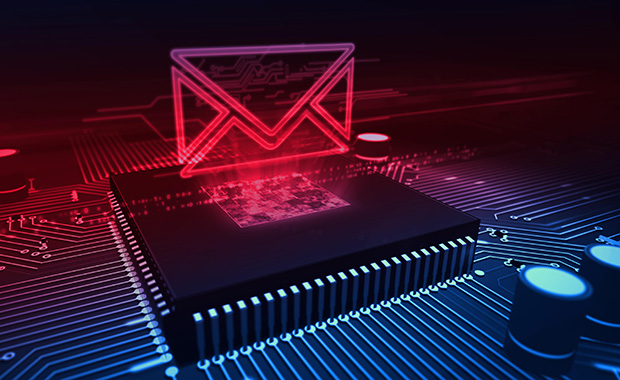What is typosquatting? Types and examples
210 people found this article helpful.
Email spam: Why do I get spam messages & how do I get rid of them?
521 people found this article helpful.
What is quishing? QR code phishing explained
227 people found this article helpful.
Beware of online romance scams in 2023
1,020 people found this article helpful.
What happens when data is hacked? What hackers do with personal data
260 people found this article helpful.
Is this URL safe? How to check if a link you received is dangerous
333 people found this article helpful.
Fake job offer emails: How to avoid job scams
108 people found this article helpful.
Black Friday: Up to 20 percent more spam
64 people found this article helpful.
Unused emails: What happens to inactive accounts?
287 people found this article helpful.
What is a mailer daemon – and why did my email bounce back?
1,027 people found this article helpful.









